Having trouble reading this email? View it in your browser
| |
November 2021 | |
News from The Liver Meeting
This month's infohep bulletin highlights the key news from The Liver Meeting, the annual meeting of the American Association for the Study of Liver Diseases (AASLD), which took place online from 12 to 15 November. People with liver cirrhosis have weaker responses to the Pfizer and Moderna SARS-CoV-2 vaccines
Marco Verch. Creative Commons licence. People with cirrhosis of the liver had delayed and suboptimal responses to the Pfizer or Moderna SARS-CoV-2 vaccines compared to healthy adults, an Italian study has found. People with decompensated cirrhosis had significantly weaker responses compared to those with compensated cirrhosis, Professor Massimo Iavorone of Ca’ Grande Ospedale Policlinico, Milan, told The Liver Meeting earlier this month. People with cirrhosis have suboptimal responses to pneumococcus and flu vaccines. There is limited information about response to SARS-CoV-2 vaccines in people with cirrhosis as clinical trials of the vaccines included few people with chronic liver disease. To investigate these questions, Italian researchers designed a prospective observational study to measure vaccine responses in all patients with cirrhosis under care at Ca’ Grande Ospedale Policlinico who received the Pfizer or Moderna SARS-CoV-2 mRNA vaccines. The study measured levels of antibodies to the SARS-CoV-2 spike protein 21 days after first vaccination, 21 days after the second dose and 133 days after the second dose. The study also measured levels of SARS-CoV-2 spike antigen-specific T-cells at the same intervals. The study recruited 182 people with cirrhosis and 38 healthy controls. Seventy-four per cent had compensated cirrhosis. Fifteen per cent of people with cirrhosis and 31% of the control group had a previous COVID-19 illness, so results were analysed according to prior COVID-19 status. The study found that people with cirrhosis without prior COVID-19 had significantly lower antibody levels than the control group after each vaccine dose. Those with a previous history of COVID-19 had similar antibody levels to the control group after each vaccine dose. In a multivariable analysis, lower antibody titres after the second dose were associated with active hepatocellular carcinoma or immunosuppression (recent steroid treatment, lymphoma or HIV), while higher antibody titres were associated with receipt of the Moderna vaccine or a high antibody titre after the first vaccine dose. Post-vaccination follow-up in 155 patients with cirrhosis 133 days after the second dose showed that four people without a previous history of COVID-19 had acquired SARS-CoV-2. All had experienced asymptomatic infections. Related linksCOVID-19 vaccine protection is ‘lower and slower’ in people with cirrhosis
Olena Yakobchuk/Shutterstock.com People with cirrhosis of the liver may take longer to achieve protection from SARS-CoV-2 and severe COVID-19 after vaccination, according to large studies in the United States and Chile, presented earlier this month at the conference. There is limited information about the impact of SARS-CoV-2 vaccination on the prevention of severe COVID-19 in people with cirrhosis, as people with chronic liver disease were excluded from registration studies of vaccines. Two large studies reported on the clinical impact of vaccination in people with cirrhosis. Binu V. John of University of Miami Miller School of Medicine presented the findings of an analysis of the Veterans Outcomes and Costs Associated with Liver disease (VOCAL) cohort, which tracks approximately 120,000 US military veterans with cirrhosis receiving care through the VA medical system. The study findings were also published in the October edition of JAMA Internal Medicine. The study investigated vaccine protection against infection and severe illness by tracking four outcomes: a positive SARS-CoV-2 PCR test 28 days after the first vaccine dose, a positive PCR result 7 days after the second vaccine dose, and hospitalisation or death due to COVID-19 28 days after the first dose and 7 days after the second dose. The study matched recipients of the Pfizer or Moderna vaccines with controls by date of vaccination, age, sex, race, ethnicity, co-morbidities, alcoholic liver disease status and Child-Pugh score. The published analysis included people with cirrhosis who received the Pfizer or Moderna vaccine up to 17 March 2021, with no previous history of COVID-19 or liver transplant. A total of 20,037 people were eligible for inclusion in the analysis and matched with an unvaccinated control with cirrhosis. There was no significant difference in SARS-CoV-2 infection up to 28 days after the first dose between vaccinated and unvaccinated participants, but after the first 28 days, receipt of a first dose of either vaccine was associated with a 64.8% reduction in infection. Seven days after the second vaccine dose, receipt of either vaccine was associated with a 78.6% reduction in the risk of infection. There was no difference in hospitalisation between vaccinated and unvaccinated people in the first 28 days after vaccination, but receipt of a first dose of vaccine was associated with a 100% reduction in the risk of hospitalisation or death due to COVID-19 more than 28 days after vaccination, as was a second dose. When the analysis was restricted to the 3142 people with decompensated cirrhosis, receipt of the first vaccine dose was associated with a 50.3% reduction in the risk of infection more than 28 days after vaccination and a 100% reduction in the risk of hospitalisation or death due to COVID-19. The investigators say that this result needs to be confirmed in other populations due to the low event rates for infections and hospitalisation (one infection in the vaccinated group and two in the control group after 28 days, and one hospitalisation in the control group). In people with compensated cirrhosis, a first dose reduced the risk of infection after 28 days by 66.8%. The study investigators point out that lack of protection against infection during the 28 days after the first dose contrasts with the higher efficacy seen in clinical trials of the Pfizer and Moderna vaccines. They suggest that people with cirrhosis may have impaired or delayed humoral immunity, underlining the importance of maintaining strict preventive measures against infection until the full vaccination course has been completed. Related linksTreatment for hepatitis B and C fell in 2020 due to COVID-19, global survey finds
Pexels Viral hepatitis tests and treatment declined significantly during 2020 as a consequence of the COVID-19 pandemic, a survey of 31 liver centres on five continents has shown. The decline in testing and treatment initiation delays progress towards hepatitis C elimination, said Professor Maria Buti, of the Vall d’Hebron University Hospital, Barcelona. She presented the survey findings at The Liver Meeting. The COVID-19 pandemic has led to major adjustments in medical services, including online consultations, cancellation of surgery and minimal face-to-face non-urgent medical care in many settings. But the pandemic has had varying effects on services. In the HIV field, for example, treatment services in Europe have been less affected than testing for the virus. To evaluate the impact of the pandemic on viral hepatitis care, European liver experts designed an internet survey, sent to members of the European Association for the Study of the Liver (EASL), international hepatitis experts and liver units in Europe. Thirty-seven liver centres responded (20 in Europe and 17 in other regions), of which 31 provided full data. The study found that outpatient assessments, confirmatory testing for chronic infection and new treatment starts for hepatitis B and C all fell, presenting further challenges for achieving targets for the elimination of viral hepatitis by 2030. Further research will be needed to investigate longer-term trends in viral hepatitis referral, testing and treatment, said Professor Buti. Hepatitis C elimination: less than 25% of people with hepatitis C diagnosed globally
Jarun Ontakrai/Shutterstock.com The global prevalence of hepatitis C has declined since 2015, partly due to scale-up of direct-acting antiviral treatment, but fewer than one in four people with hepatitis C has been diagnosed, preventing millions from being cured of the infection, Sarah Blach, HCV Group Leader at the Center for Disease Analysis Foundation, reported to the conference. The findings come from modelling of hepatitis C epidemics in 110 countries, based on published and unpublished data for hepatitis C prevalence, disease burden and cascade of care, carried out by the Center for Disease Analysis Foundation. The study was designed to evaluate global progress towards the elimination of hepatitis C since 2015. The global estimate of the number of people with viraemic, or chronic, hepatitis C infection shows that prevalence has fallen since 2015, from 63.7 million to 56.9 million. The researchers downgraded their previous estimate of 2015 prevalence as a result of updated prevalence estimates for Egypt, Brazil and Nigeria, as well as new data for the Democratic Republic of Congo, all showing lower prevalence than previous estimates. Since 2015, approximately 7.5 million people have acquired hepatitis C, 5.5 million people with hepatitis C have died and 8.8 million have been cured by treatment. Hepatitis C prevalence is highest in eastern Europe and central Asia, and Pakistan, where at least 1.3% of the population are living with hepatitis C. However, more than half of people with hepatitis C are in five countries: China, India, Pakistan, the Russian Federation and the United States. Hepatitis C treatment initiation peaked in 2019, when approximately 2.9 million people started treatment, 1.9 million of them in Egypt. More than a third of all treatments between 2015 and 2020 took place in Egypt. The Center for Disease Analysis Foundation projects that approximately 1 million people will start direct-acting antiviral treatment each year for the rest of the decade, which is not enough to reach the global hepatitis C elimination target of treating 80% of those eligible by 2030. Dr Blach said that to reach the target, 9 million people need to be treated each year up to 2030. People with hepatitis C will remain untreated if they are not diagnosed. Country data indicate that less than one in four people with chronic hepatitis C have been diagnosed. In high-income countries, approximately 6 million people were living with hepatitis C in 2020. The Center for Disease Analysis Foundation estimates that 47% have already been diagnosed. “Low diagnosis and lack of large-scale screening programmes remain a barrier for elimination,” Dr Blach concluded. Related linksHepatitis C treatment in US declined from 2015 to 2020
From a height of more than 164,000 in 2015, the number of people treated with direct-acting antiviral (DAA) therapy for hepatitis C has steadily declined, reaching a low point during the COVID-19 pandemic, according to a study from the Centers for Disease Control and Prevention (CDC) presented at the conference. "Reaching more people with hepatitis C testing and treatment is critical to saving lives and preventing transmission of this deadly, but curable, infection," the CDC stated in a press release. The CDC estimates that around 2.4 million people in the United States were living with hepatitis C virus from 2013 to 2016. Eyasu Tehale of the CDC and colleagues used prescription claims data to estimate the number and characteristics of people receiving treatment since the approval of the first next-generation DAAs in the US at the end of 2013. According to the IQVIA prescription claims database, a total of 843,329 people initiated DAA treatment from 2014 to 2020. This is an undercount, as the data do not include all retail, mail order and long-term care pharmacies or the Veterans Affairs health system. About 60% were men. Just over 109,000 people were treated in 2014, as DAA availability increased. This rose to more than 164,000 in 2015, reflecting a backlog of people awaiting simpler and more effective treatment. Between 114,000 and 134,000 people were treated each year from 2016 to 2019. But the number fell to approximately 84,000 in 2020, the first year of the COVID-19 pandemic. While about 120,000 people, on average, have been treated each year, this is well below the 260,000 people the National Academies of Science and Medicine estimates would need to be treated annually in order to eliminate hepatitis C as a public health threat by 2030. Is this your copy of the infohep news bulletin?
Is this your copy of the infohep news bulletin, or did you receive it from a friend or colleague, or find it online? You can sign up to receive this monthly email bulletin, free of charge, on our website, where you can also find an archive of all the infohep news bulletins. | |
| We are grateful to Abbvie, Bristol-Myers Squibb, Gilead and Janssen for funding infohep.org. Our funders have had no editorial control over the site’s content. | |
 Latest treatment news and information for patient advocates and people working in hepatitis in Europe. For more details, please contact: To unsubscribe please click here Privacy Policy |


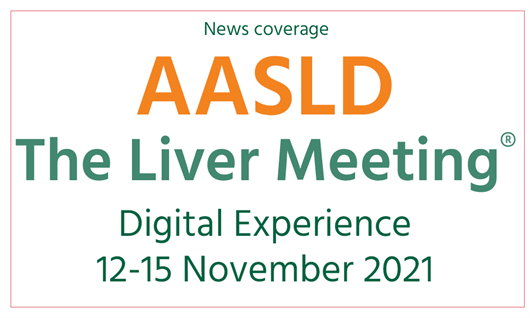
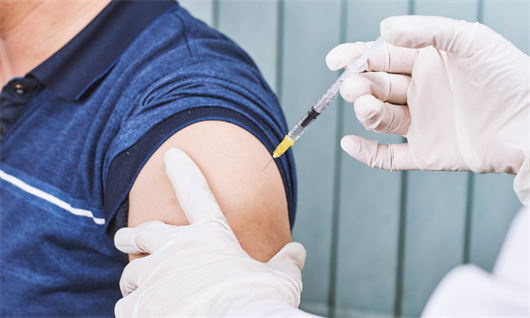
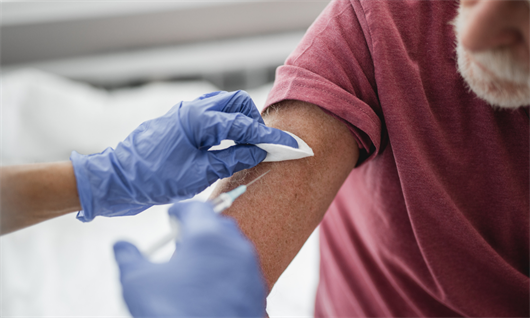
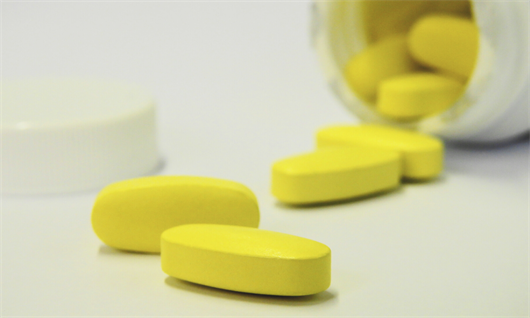
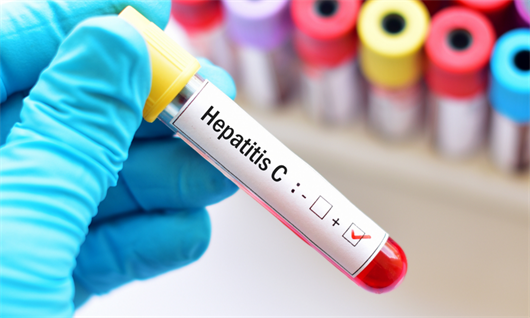

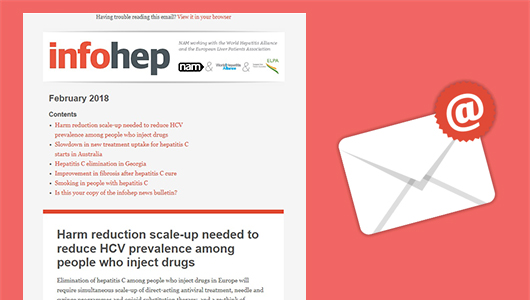
Connect with infohep on Facebook: Keep up to date with all the latest news and developments.
Follow infohep on Twitter for links to news stories and updates from infohep.org. Follow us at www.twitter.com/infohep.
Follow all the infohep news by subscribing to our RSS feeds.